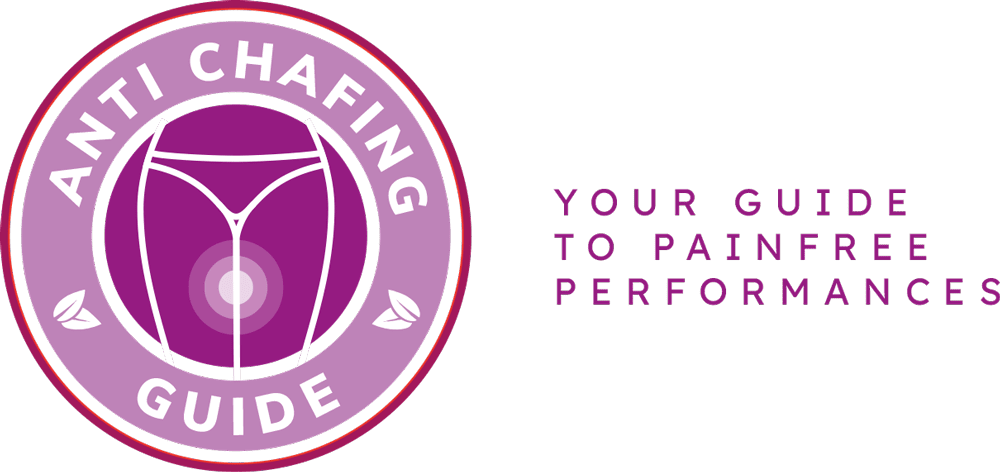Welcome to the ultimate guide on banishing chafing in the groin area! As a dermatologist with expertise in this area, I am here to provide you with expert insights and effective solutions specifically tailored for females. Chafing in the groin area can be uncomfortable and distressing, but with the right knowledge and techniques, you can prevent and treat it effectively.
Chafing in the groin area occurs due to friction and moisture, leading to redness, irritation, and even painful blisters. It can be caused by various factors such as tight clothing, excessive sweating, and improper hygiene. Differentiating chafing from other skin conditions is crucial for accurate diagnosis and treatment.
To prevent chafing, it is essential to maintain proper hygiene, keep the area dry, and choose suitable clothing made from breathable fabrics. Additionally, I will share dermatologist-recommended treatments to alleviate discomfort and promote healing. These may include medicated creams, powders, and soothing ointments.
By following the expert insights and techniques provided in this guide, you can banish chafing in the groin area and enjoy a comfortable and irritation-free life. Stay tuned for more valuable tips and advice to keep your skin healthy and happy!
Understanding Chafing in the Groin Area
Understanding Chafing in the Groin Area
Chafing in the groin area is a common issue that many females face, causing discomfort and irritation. It occurs when friction between the skin in the groin area leads to redness, soreness, and sometimes even blisters. Understanding the causes, symptoms, and common triggers of chafing can help you identify and differentiate it from other skin conditions.
The primary cause of chafing in the groin area is friction. This can be due to activities that involve repetitive movements, such as running or cycling. Humidity and moisture in the area can exacerbate the problem, as can ill-fitting clothing or fabrics that don’t allow proper airflow.
Common symptoms of chafing include redness, tenderness, and a burning sensation in the affected area. In severe cases, blisters may also develop. It’s important to note that chafing can be easily mistaken for other skin conditions, such as fungal infections or allergies. However, chafing typically does not involve itching or a rash.
To prevent and differentiate chafing from other skin conditions, it’s essential to keep the groin area clean and dry. Avoid tight clothing and opt for breathable fabrics that wick away moisture. Applying a protective barrier, such as petroleum jelly or an anti-chafing cream, can also help reduce friction.
In summary, understanding the causes, symptoms, and common triggers of chafing in the groin area is crucial for effective prevention and treatment. By following these tips and maintaining proper hygiene, you can minimize discomfort and keep your skin healthy and chafe-free.
Prevention and Treatment Techniques
When it comes to preventing and treating chafing in the groin area, there are several effective techniques that can help alleviate discomfort and promote healing. Proper hygiene is essential in preventing chafing, so make sure to keep the area clean and dry. Avoid using harsh soaps or excessive scrubbing, as these can irritate the skin further. Instead, opt for gentle cleansers and pat the area dry with a soft towel.
Moisture control is another key aspect of preventing chafing. Apply a talcum powder or cornstarch to absorb excess moisture and reduce friction. Additionally, wearing moisture-wicking fabrics can help keep the area dry and prevent chafing. Look for underwear made of breathable materials such as cotton or moisture-wicking synthetic blends.
When it comes to treating chafing, there are several dermatologist-recommended options. Applying a soothing cream or ointment can help alleviate discomfort and promote healing. Look for products that contain ingredients like aloe vera, chamomile, or calendula, as these have soothing and anti-inflammatory properties. In severe cases, your dermatologist may recommend a prescription-strength cream or ointment to help speed up the healing process.
Remember, prevention is key when it comes to chafing in the groin area. By following these preventive measures and utilizing dermatologist-recommended treatments, you can banish chafing and enjoy comfort in your daily life.
Frequently Asked Questions
- What causes chafing in the groin area?
Chafing in the groin area can be caused by friction, moisture, and heat. It commonly occurs due to activities like exercise, wearing tight clothing, or prolonged periods of sitting or walking.
- How can I differentiate chafing from other skin conditions?
Chafing in the groin area is often characterized by redness, irritation, and a burning or stinging sensation. It typically occurs in areas where the skin rubs against itself or clothing. If you are unsure, it is recommended to consult a dermatologist for proper diagnosis.
- What are some preventive measures for chafing?
To prevent chafing in the groin area, it is important to maintain proper hygiene, keep the area dry, and wear loose-fitting, breathable clothing. Applying a barrier cream or powder can also help reduce friction and irritation.
- Are there any specific clothing choices that can help prevent chafing?
Avoiding tight-fitting clothing and opting for moisture-wicking fabrics can significantly reduce the risk of chafing. Breathable underwear and shorts made from materials like cotton or synthetic blends are recommended.
- What treatments are recommended for chafing in the groin area?
Dermatologists may suggest using over-the-counter creams or ointments containing ingredients like zinc oxide or hydrocortisone to soothe and heal chafed skin. In severe cases, prescription medications or topical steroids may be prescribed.


Keith is originally from Truckton, Colorado. The 54-year-old cared for his overweight wife for many years. Keitch is also a freelance editor at antichafing.net and supports the team as a competent advisor. In his spare time Keith enjoys reading books, visiting his homeland and is a passionate product tester for well-known manufacturers.
